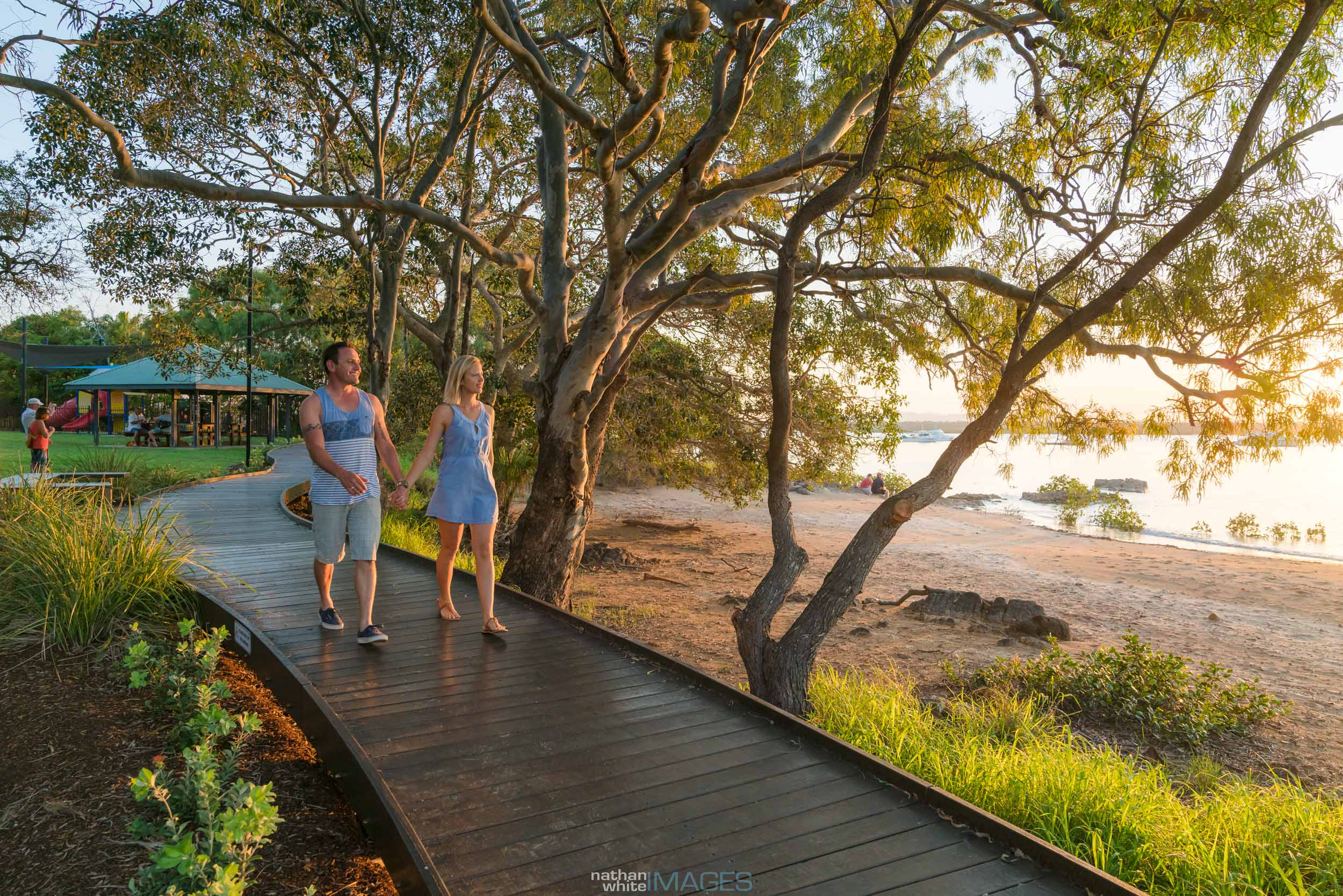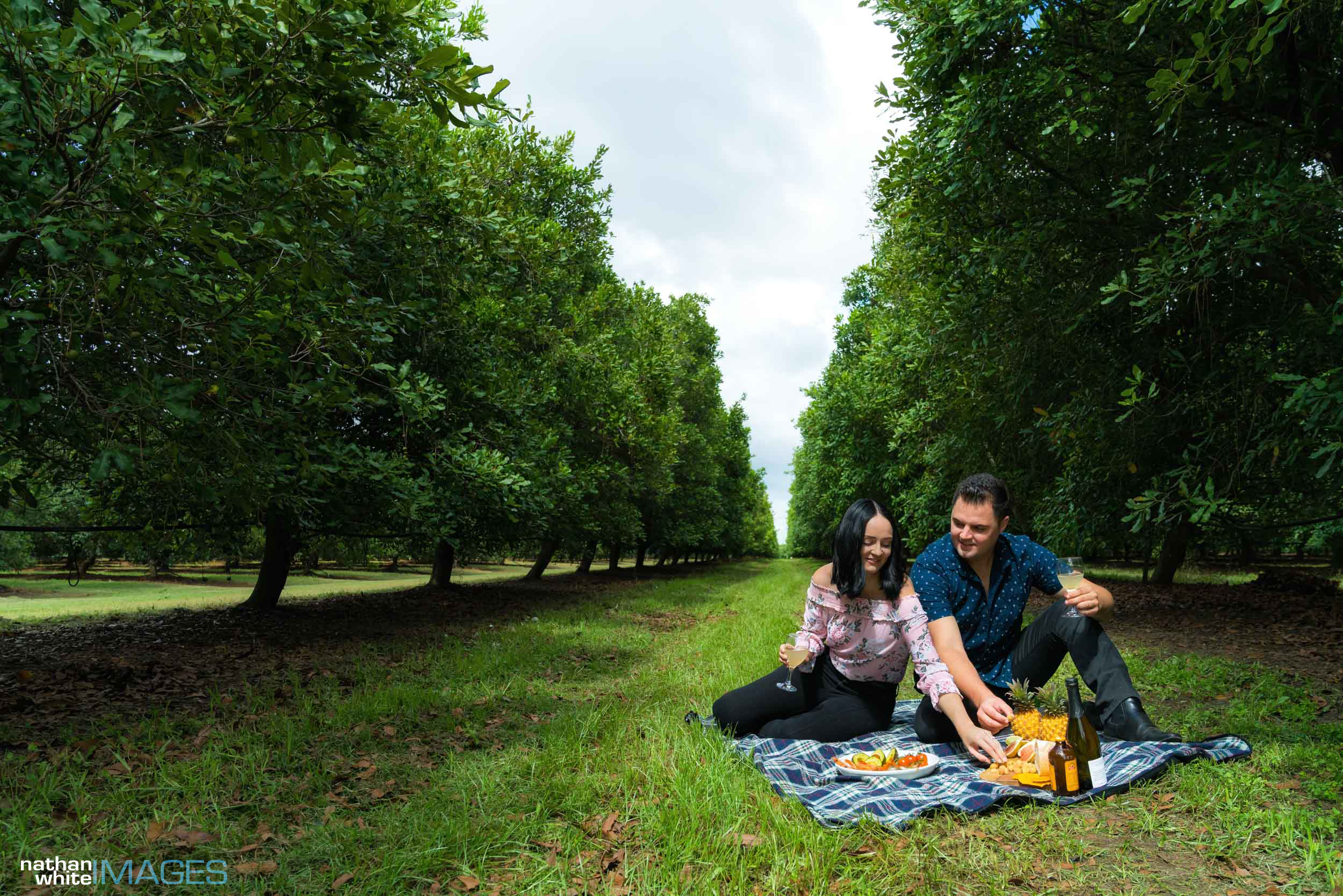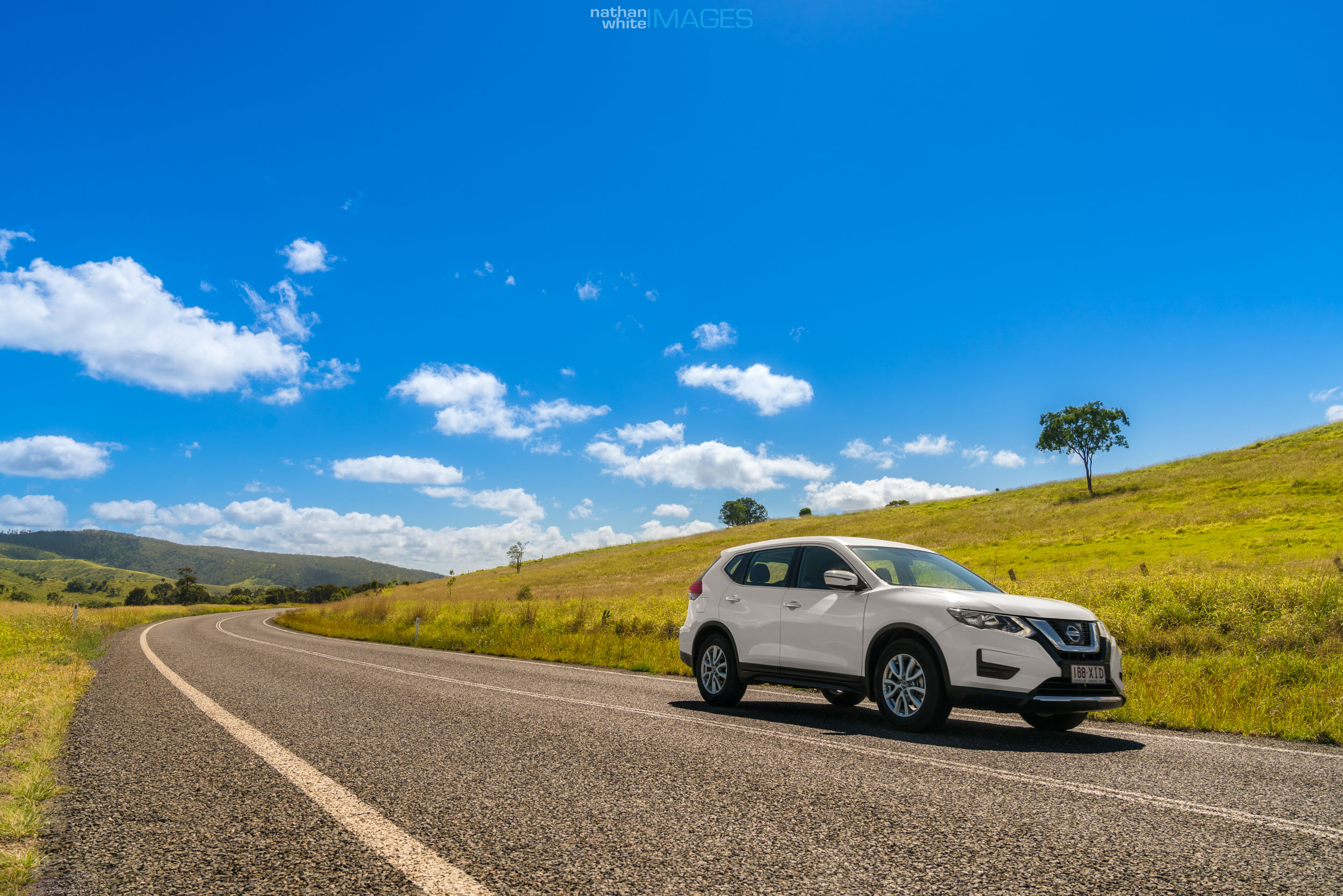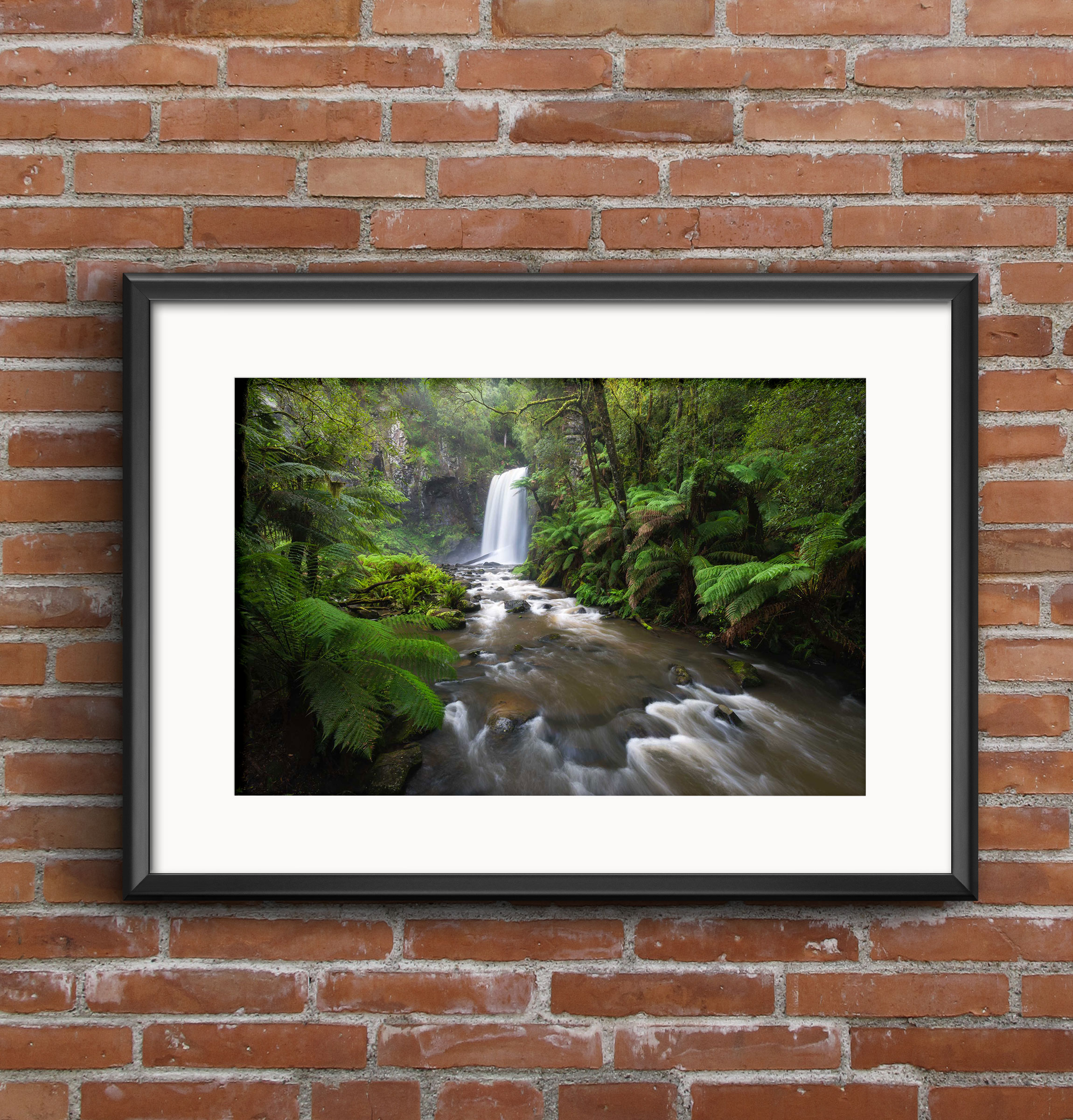Since arriving back from Tasmania I’ve had a bit of time to go through most of the images I captured and I thought I would share some of my favourite shots and locations with you guys here on my blog.
Tasmania is definitely like no other part of Australia in that it can go from wild and rugged wilderness to pristine coastlines, rainforest, rolling green hills and snow capped mountains all in the space of a few hours in the car. The diversity in landscape makes this place a paradise for photographers and is one of the reasons why so many people from all over the world flock to our island state every year, in all seasons.
For as long as I’ve been a photographer, I have always wanted to visit Tasmania. I also knew that if I ever got there, it couldn’t just be a quick trip. It needed to be for a decent length of time if I was ever going to experience the diverse landscapes that I had seen captured so beautifully by the multitude of other photographers that I follow online.
I came to the conclusion that 9 weeks would be the perfect number for my journey around Tasmania and as you can see by my crude scribblings on the map, I was able to cover a fair bit of ground in that time.
For this post I am going to limit myself to 4 images/locations. I certainly have many favourites but in the interest of keeping this brief and to the point (as I tend to ramble) I will stick to 4 :)
Liffey Falls
The walk in to the falls is a moderate grade 1km hike that follows a series of cascading falls down the Liffey River to the main lookout. There are many spots along the walk that are worth stopping at and I found multiple vantage points to shoot from. Liffey Falls State Reserve is located in the rainforest areas of the Great Western Tiers mountain range in Tasmania's north and is part of the Tasmanian Wilderness World Heritage Area. You are certainly spoilt for choice when picking compositions here and the rainforest colours are sublime.
Nikon D800 | ISO 100 | f/16 | 19mm | 0.8 sec
Cradle Mountain
This would have to be one of the most photographed boat sheds in all of Australia. Because of this, capturing an original composition of this location is extremely difficult. I visited Cradle Mountain on two separate occasions during my time in Tasmania and it was only on the second attempt that I was able to come away with an image that I was proud of. Due to its popularity, the only time you are likely to get an image without other people in it is at either sunrise or late sunset/evening, and even then you may need to hustle past a few other photographers to find the best spot to shoot from :) Fortunately on my second visit it was pretty quiet and by the time I had waited til blue hour, there was only myself and a friendly couple from Melbourne who were also looking to gets some shots 'crowd free'. From the moment I set up my tripod I fell in love with this tree and I knew that I had to somehow include it in my shot.
Nikon D800 | ISO 100 | f/16 | 19mm | 10 sec
Freycinet National Park
Unfortunately I experienced a fair amount of overcast weather while visiting Wineglass Bay in Freycinet National Park. The fact that I was in such a beautiful location but not getting any decent images was starting to get a little depressing. This creative funk lasted until one afternoon on the drive back to camp I decided to go and explore a small beach called Honeymoon Bay. For thirty wonderful minutes the clouds parted just enough so that the sun could light up the surrounding mountains and change the colour of the clouds to beautiful shades of pink and orange. Needless to say I was running around like a crazy person trying to fit in as many shots as I could while the light lasted.
Sony A7rII | ISO 100 | f/14 | 16mm | 13 sec
Devil's Gullet
I had never heard of the Devil’s Gullet prior to visiting the area around Mole Creek during our last few weeks in Tassie. A local national parks ranger had told me about it and despite the foreboding name, it sounded like a great place to get some shots. Especially since there had been recent snowfalls on the surrounding mountains. The views on the drive up there were phenomenal and the final lookout took my breath away...literally. The wind was sooo cold. I was a little unprepared for the conditions and I had left my gloves back at the caravan. I have never felt so numb with cold as I did that afternoon, but I couldn’t help but have a big smile on my face while I watched this awesome light filtering through the valley. The light dusting of snow across the tops of these jagged columns really helped to highlight the dark foreground again the pastel colours in the sky.
Nikon D800 | ISO 400 | f/8 | 150mm | 1/50th sec




























